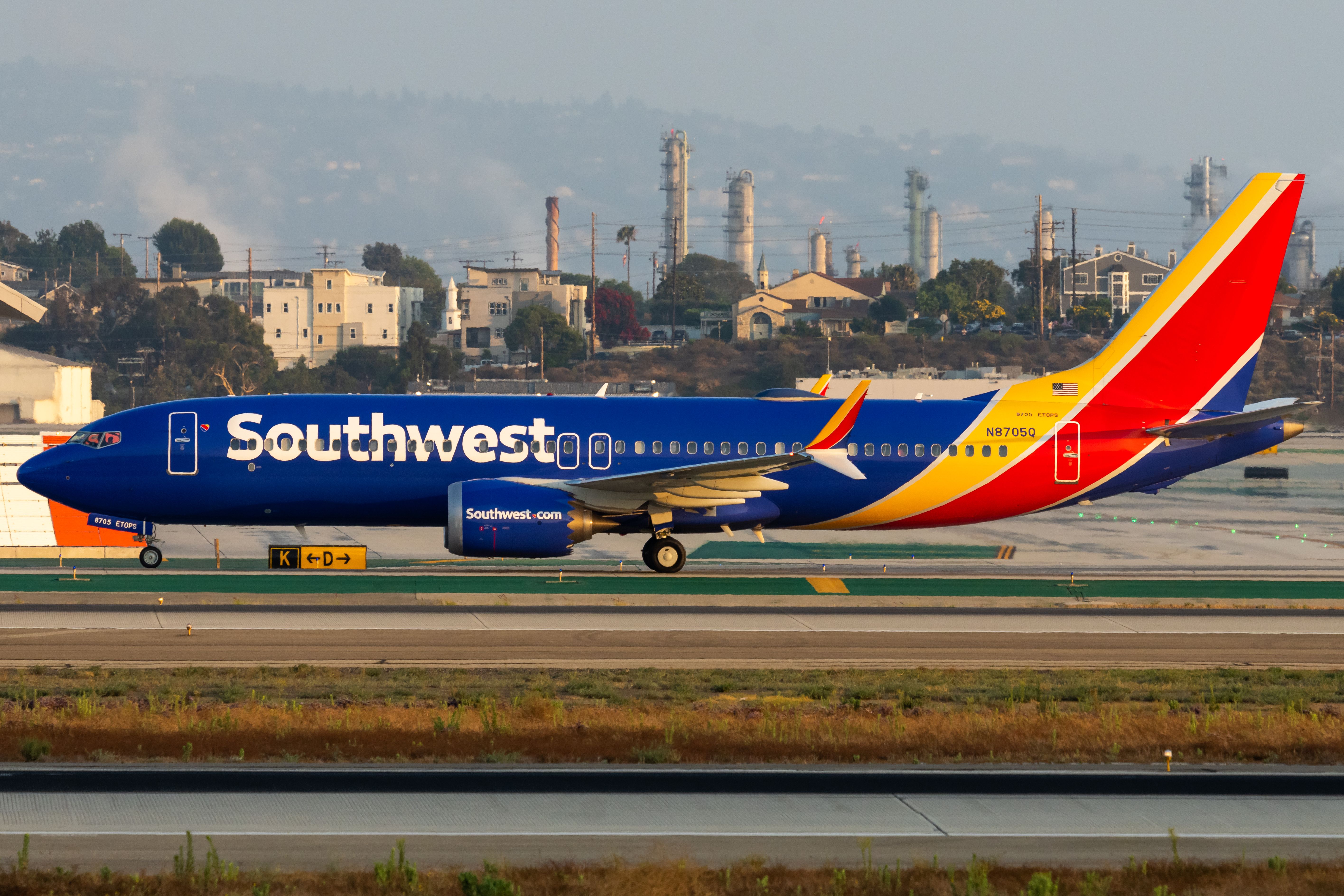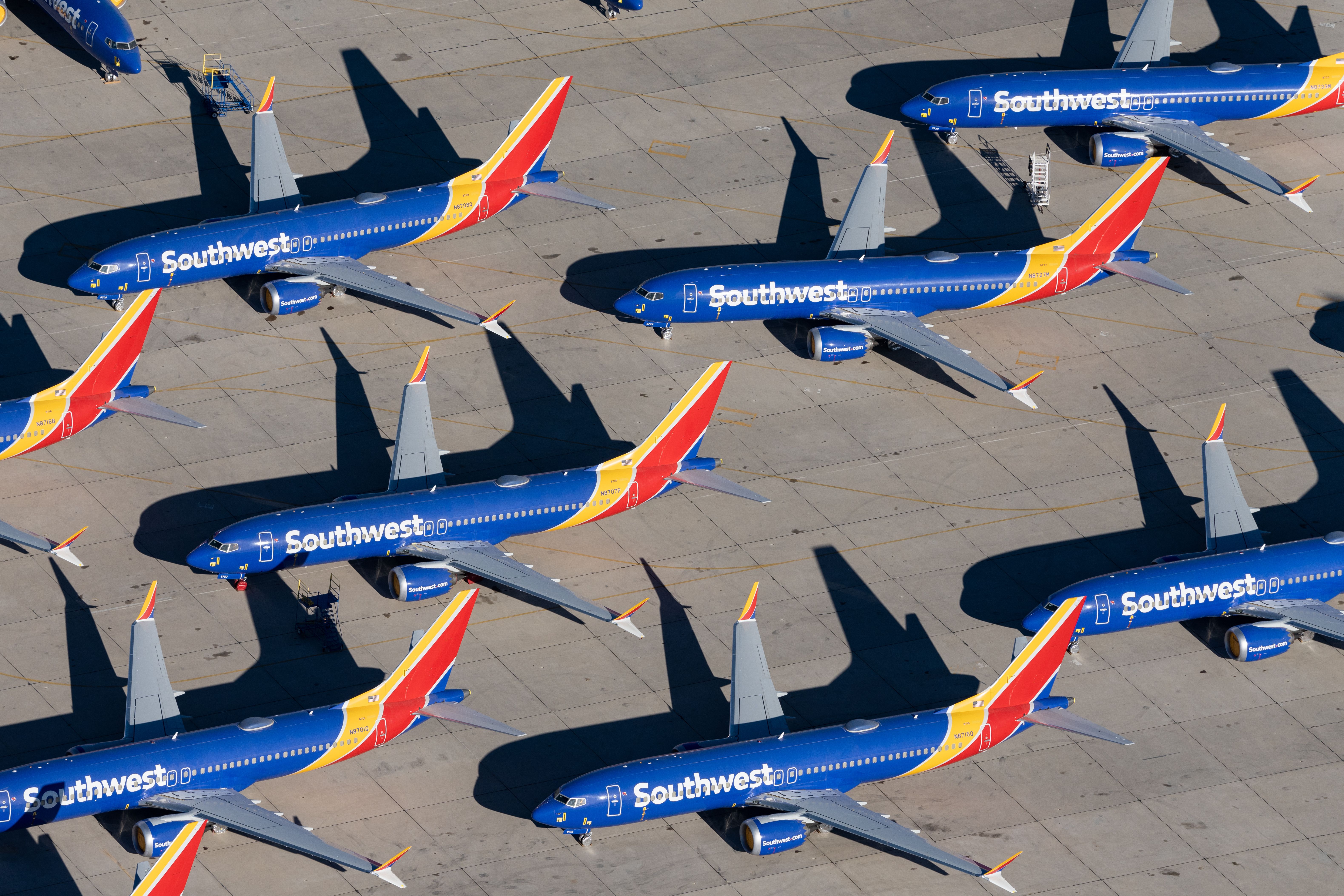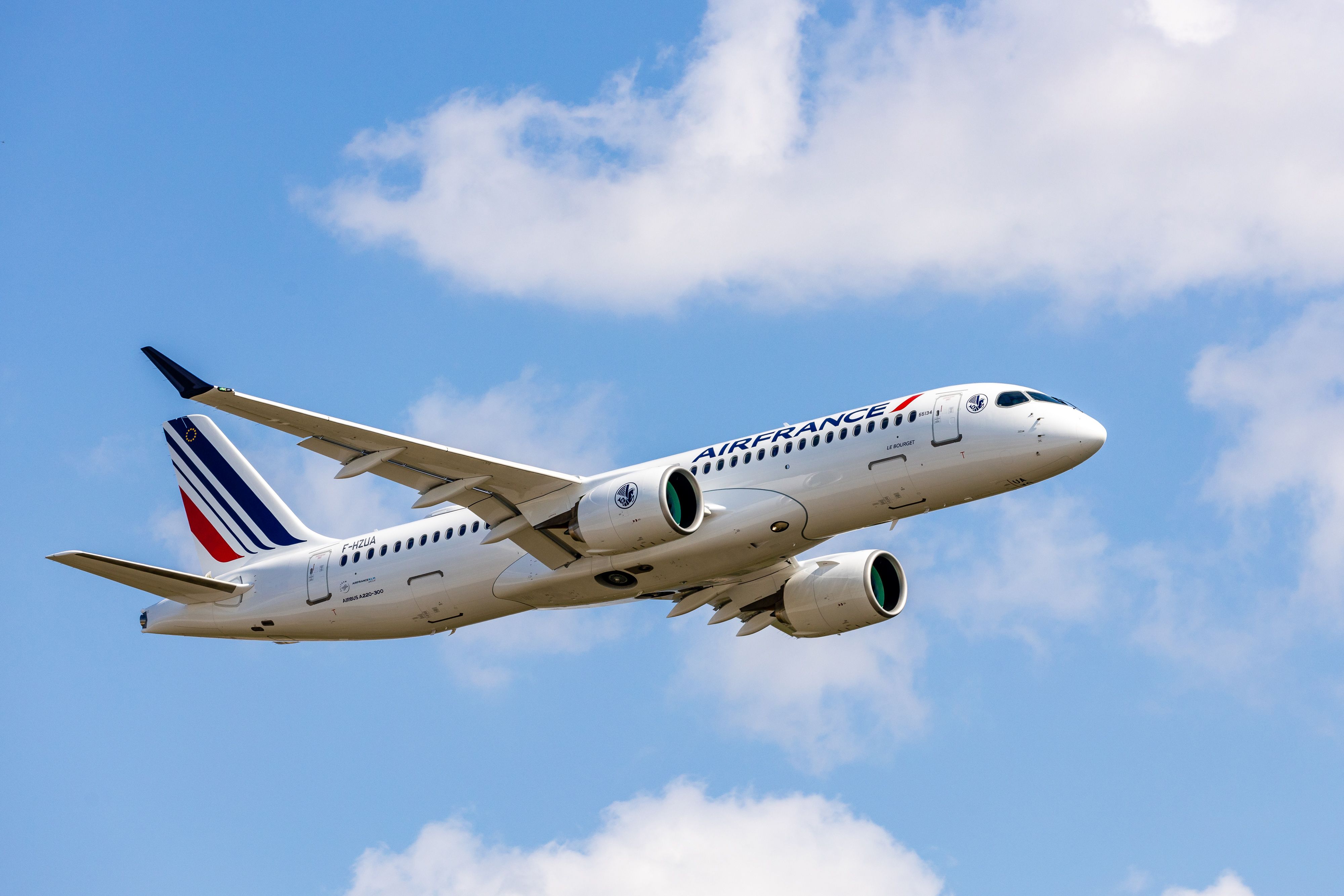When it does not pass by unnoticed, Earth Day is generally a time for grand ecological statements and gestures from companies across all industries. And when it comes to aviation sustainability, grandiose projects revolving around big bang-for-your-buck emissions reduction, such as hydrogen propulsion, almost always garner the most publicity and engagement.
However, that kind of decarbonization technology is still a long way from being operational at any scale. As such, the aviation industry needs to look at what is possible now, and not solely set its hopes on future technological leaps that may or may not help it reach what is becoming a near mythological status net-zero carbon emissions by 2050.
One airline taking the 'actionable now' philosophy to heart is Southwest Airlines. The world's largest low-cost carrier has aligned itself with the industry-wide goal of being carbon-neutral by mid-century. However, it has also devised a ten-year plan to cut carbon intensity by 20% compared to 2019 levels by 2030 and maintain carbon-neutral growth, again based on 2019 numbers, for the remainder of the current decade.
Reduce, replace, offset, and partner
Speaking to Simple Flying on Thursday, Southwest Airlines' Vice President Supply Chain Management & Environmental Sustainability, Stacy Malphurs, expounded upon the core components of the carrier's immediate plan.
These include the partnerships already in place to help realize its objectives, how critical it is to achieve SAF production at scale, and Southwest's US-first points-for-offset scheme. We also touched upon how sustainability has become the new safety of airline cooperation and how it has been a real asset to seat supply chain and sustainability together in the organization.
The importance of SAF for Southwest
While hydrogen and electric propulsion may have a role to play in US regional aviation, it is not easy seeing the aircraft currently in the far-off pipeline making a big difference to the mission capabilities required by Southwest. Operating the world's largest Boeing 737 fleet, it is indeed difficult to imagine a nearly 200 passenger capacity being traded for 20-seater novel propulsion planes within the next couple of decades.
Meanwhile, fleet renewal does have a great role to play in emissions reduction. Southwest has a giant order with Boeing for the new and fuel-efficient MAX 7 and 8 jets, which immediately cuts 16% of fuel consumption compared to older models. Beyond bringing in over 400 new aircraft, the main focus for Malphurs and Southwest currently lies with sustainable aviation fuel (SAF).
By 2030, the airline wants to replace 10% of its jet fuel consumption with sustainable aviation fuel. While Southwest is pursuing 'a number of angles' to help reach this target, one of the main partnerships thus far is with sustainable fuels technology company Velocys, and its subsidiary Velocys Renewables.
The agreement covers the purchase of an expected 219 million gallons of SAF at a fixed price, over a fifteen-year term. This will begin as early as 2026, when the company's Bayou Fuels biorefinery project in Mississippi is scheduled to commence commercial delivery of fuel. Malphurs commented on the forthcoming collaboration, and what makes Velocys stand out,
"What's remarkable about their product is the intensely carbon negative nature of their SAF. It's kind of a shorthand, but if you were to blend roughly one gallon of Velocys SAF with two gallons of conventional Jet A, you effectively have three gallons of carbon neutral aviation fuel."
Regulators are welcome to move faster on tax credit incentives
The Southwest VP is also quite optimistic about the trajectory of the sustainable aviation fuel industry, despite Washington dragging its feet on incentives such as the blender's tax credit. The technologies for SAF are coming along, she says, boosted by unprecedented market interest. However, with only 0.1% of the industry's fuel needs met by the current production capabilities of SAF, the scale required for airlines to achieve their objectives is dependent on massive exponential growth. Malphurs stated,
"What we're now dependent on is trying to find a way to scale both bio-based sustainable fuels as well as E-fuels to satisfy that appetite. That is a really complex problem. It's a problem of sufficient amounts of feedstocks. It's a problem of industry capacity scaling sufficiently, and capital allocation to make that happen. It's a real problem of economics."
Offsetting a necessary lever
Other than SAF, Southwest is also looking to carbon offsets to reach its interim 2030 target. In October last year, the airline, as the first US domestic carrier, launched an offset-for-points program. The carrier's customers earn ten Rapid Reward bonus points for every dollar contributed, up to a maximum of 500 points per month. What's more, Southwest matches every dollar with a corporate contribution of the same amount.
With the program launching a mere six months ago, there has thus far been some early interest within specific segments of the customer base. The airline says it is still focused on optimizing the roadmap in place to improve the product and educate customers about the program and the offset portfolio, supported by digital climate solutions platform CHOOSE.
Carbon offsetting may be an imperfect solution to the world's climate woes, but it is one of the tools that is accessible now. Southwest has also contributed $10 million to the Yale University's Center for Natural Carbon Capture. While carbon capture would not reduce direct emissions from aviation, it is the next step along the same principle as carbon offsetting. Commenting on the investment, Malphurs stated,
The work itself isn't directly related to aviation. It's in recognition of the fact that in aviation, because of its difficult to abate status, we're going to be dependent on levers across the spectrum, you know, every lever that we can possibly pull is going to be an important part of our portfolio and the work that we have to do.
The Aviation Climate Taskforce
Southwest Airlines is also a founding partner of the Aviation Climate Taskforce (ACT), a global collaboration on advancing technologies to help decarbonize aviation. Started a year ago, the ACT is just 'on the cusp' of choosing its CEO.
Discover more aviation news here.
Malphurs is a big proponent of collaboration to decarbonize, acknowledging that if the industry does not work together from the regulatory and technology perspectives as well as aligning around platforms with OEMs, it won't happen. And she is very optimistic about the current trajectory which transcends the generally cut-throat competition of the airline industry.
"In the same way that safety has been the area within aviation that we've always all collaborated on, I'm seeing a really significant shift of sustainability as a topic from one where it was competitive. It was about PR, and messaging and marketing and now we're getting into the true work, and we're collaborating in a much different way. It's really exciting."
Supply and sustainability partner well
As far as her dual roles as the head of supply chain management and environmental sustainability at Southwest are concerned, Malphurs says it has been an asset to seat the two together - especially with the complexities of navigating the needs of the organization and the sustainability agenda during the COVID-19 pandemic.
"What I really like about the fact that it's here is that we are influential in all decisions around purchasing in all of our external partnerships, in all of the ways that we work with our internal stakeholder groups on their lines of business. So supply chain provides a really particularly unique angle to help to drive the agenda for sustainability."
Beyond the main components of fleet renewal, SAF, and offsets, southwest is also pursuing more 'discrete' activities across its operations. These include things like new technology to monitor fleet utilization, single-engine taxi use of ground power, use of electric GSE, reupholstering seats to reduce aircraft weight, and repurposing old seat leather into new products while supporting social and economic opportunities for communities.
According to Southwest and Malphurs, it is all a natural extension of the airline's guiding principle of 'the Golden Rule' - treat others as you would have them treat you.
"Our planet is the one that the one that we've got, there isn't an alternative. We got to do the things that treat our planet with respect that, that promotes the longevity of the planet that protect our planet for future generations. The Golden Rule is so core to who we are at Southwest. It's a really key tenant of our culture. And so, extending that concept into the work that we're doing on sustainability really does feel like a very natural extension to me."


.jpg)
.jpg)
.jpg)


.jpg)